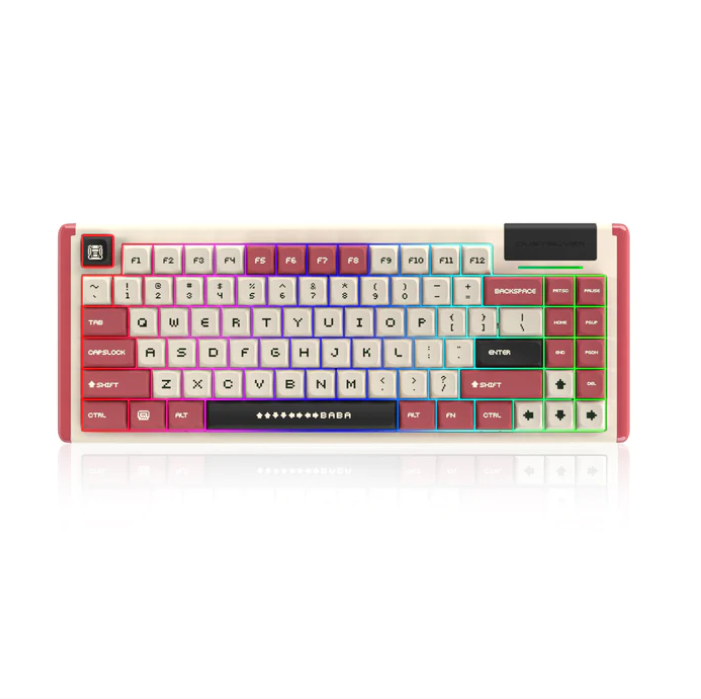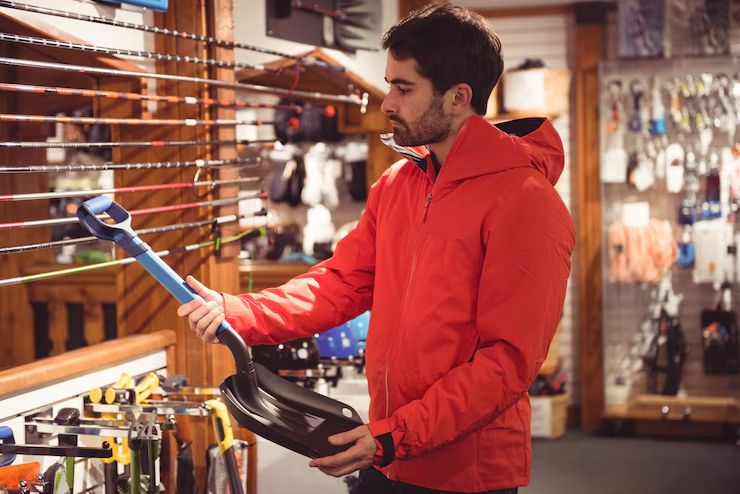Controller connection issues are common and frustrating, especially when you’re about to play a game or rely on the controller for specific tasks. These problems can stem from outdated firmware, signal interference, or battery malfunctions. Fortunately, most connectivity issues can be resolved with simple troubleshooting steps or, in some cases, professional controller repair. In this blog, you’ll learn the best methods to fix controller connectivity issues, whether you’re using a PC or a gaming console controller.
10 Solutions To Fix Controller Connectivity Issues
1. Check the Controller battery
The most common cause of any connectivity issue is a dead battery. Ensure that the battery controller is fully charged before connecting it to pc.
- Ensure that the controller is fully charged
- If it’s rechargeable, use a USB cable to fully charge it.
- Make sure that the rechargeable packs are working properly.
2. Restart Your Console or PC
Sometimes restarting your PC can fix any issue in the software that affects the connectivity.
- Turn off your PC, then wait a few seconds, and then turn it back on.
- Once the system has fully powered on, try reconnecting the controller to ensure proper functionality.
3. Re-Pair The Controller
In some cases, the controllers may lose their connection with the device and need to be re-paired to function properly.
- On consoles, press the pairing button on both the console and the controller..
- On a PC, check the Bluetooth settings and remove the device, then repair it again. Instructions on the screen will help complete the pairing process.
4. Try a Wired USB Connection
If the wireless connection isn’t working, then try to switch to a wired connection. This can also help diagnose the problem.
- Use a compatible USB cable and try connecting it to the controller.
- Then, check if the controller is working and the system recognizes it.
- If the wired connection is working and the wireless is not, then the Bluetooth may not be working properly.
5. Check for Signal Interference
Signals for nearby devices can also interfere with the controller’s connectivity.
- Move those devices that have a wireless connection away from the console or the PC.
- Avoid placing them near metal, thick walls, or structures. Make sure that the controller is placed within the range of the PC.
6. Update Controller Firmware
Sometimes the firmware is outdated, which also causes issues in connecting the device.
- Use the official software or app related to your controller (e.g, Xbox Accessories app).
- Connect the controller via USB and check for a firmware update.
7. Reset the controller
In some cases, resetting the controller can resolve the issue.
- At the back of the controller, there is a small reset button.
- Press the reset button with a pin for 10 seconds to reset the controller.
- After resetting the device, reconnect it.
8. Test on Other Devices
Connect the controller to another device to check whether the issue is in the controller or the original system.
- Try to connect it to any other console or PC.
- If it works on that device, then it means that your original device has some issues.
- But if it does not work on any other device, too, then the controller may be damaged.
9. Inspect for Physical Damage
Inspect the controller for any visible damage, as it can affect overall functionality and also interfere with connectivity.
- Check for any cracks on the controller and look for any broken buttons.
- Ensure that the USB port or battery is clean and not damaged on any side.
- If you find any damage, then call a professional to repair or replace it.
10. Seek Professional Assistant
If no solution works for your controller, then it is time for professional help.
- Contact the controller support team or the manufacturer directly..
- You can also visit the authorized repair center.
- If the controller is under warranty, you can consider requesting a replacement.
Common Signs Of a Controller Connectivity Issue
Below are some signs of controller connectivity issues.
- The controller is not turning on.
- It randomly disconnects during use without any warning.
- Buttons don’t work or don’t register inputs.
- There is an issue in pairing it, or it keeps losing connection.
- Intermittent connection even after pairing.
- An error message appears when trying to connect.
Conclusion
Controller connectivity problems are very common and can test your patience. These issues can often be fixed with a few simple steps. These steps include resetting the device, making sure it’s charged fully, and updating the firmware. These can help you fix your controller and ensure a smooth gaming experience.. If you want to avoid any issues, make sure that you regularly check and keep the software updated on your controller. But if you have tried all these steps and if the issue persists, then you should not hesitate to ask for professional help, as it is the fastest way to fix the controller and get into the game without any delay.





